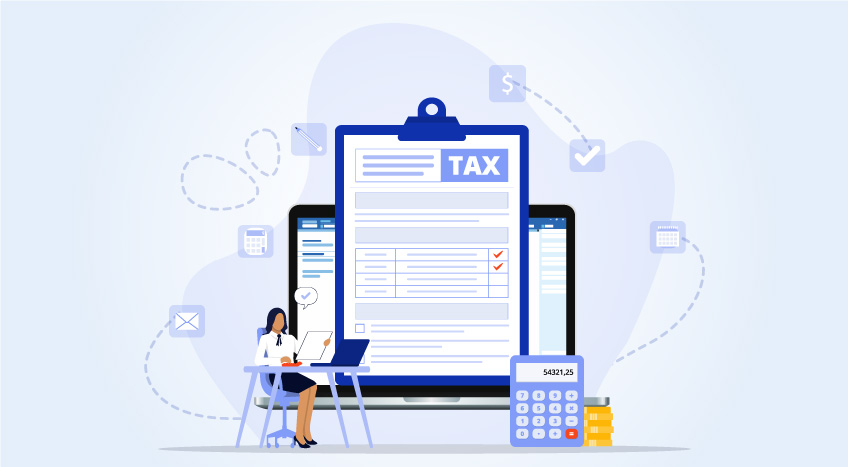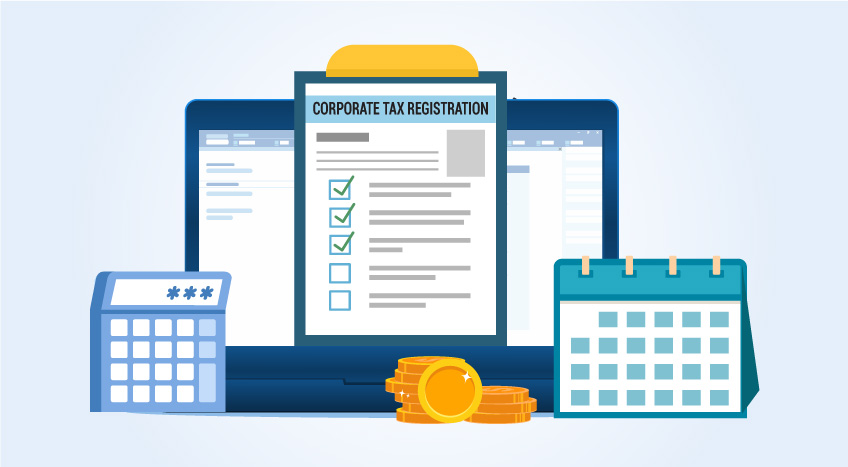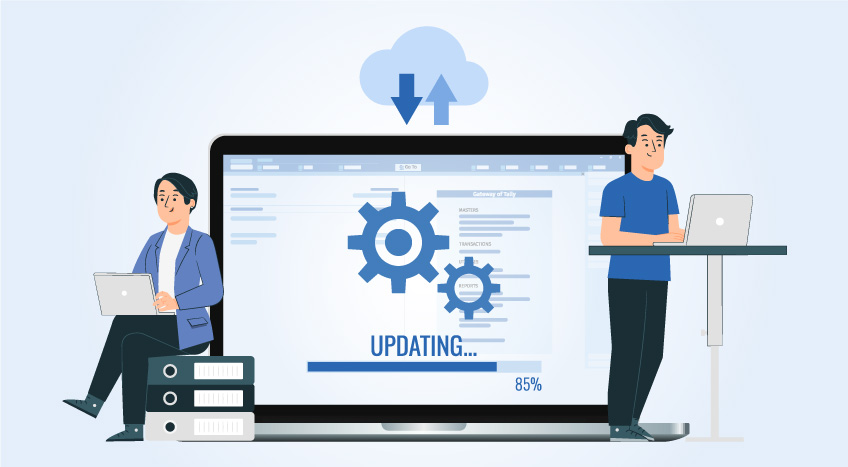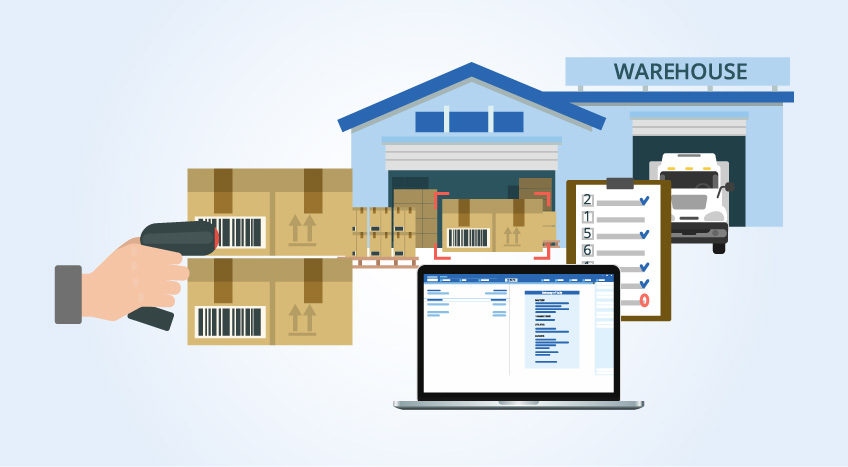Tally Solutions | Updated on: August 14, 2023
e-Invoicing has become mandatory in Saudi Arabia as of December 2021, marking the end of manual paper invoices. It also means no PDF invoices or ones in any other picture format will work.
With e-invoicing still being something new to businesses in Saudi Arabia, many questions are being asked about the possibilities and allowable when it comes to this new digital standard. This blog answers some of the most frequently asked questions on e-invoicing in Saudi Arabia.
FAQs on e-invoicing in Saudi
What type of companies are obligated to use the new e-invoicing standard?
All companies in Saudi Arabia are equally required to use software for processing invoices according to the standards preset by the Saudi government.
What types of invoices are included under Saudi e-invoicing?
The types of invoices that will be included in the new e-invoicing or Fatoorah system are tax invoices issued by businesses to other businesses and the simplified invoices to individuals. It also includes credit and debit notes issued by the businesses.
| Best e-Invoicing (Fatoora) Software in Saudi | How to Generate e-invoices Instantly with TallyPrime in Saudi Arabia |
When will e-invoicing be enforced in Saudi Arabia?
e-invoicing will be implemented across two phases:
- Phase One or generation phase was enforced on December 4, 2021.
- Phase Two or the integration phase will be enforceable on January 1, 2023
What is the implementation date for the integration phase in Saudi?
|
Businesses with revenue exceeding SAR 3 Billion |
1st January,2023 |
|
Businesses with revenue exceeding SAR 500 Million |
1st July,2023 |
Are e-invoices obligatory only for B2B transactions?
e-Invoicing is obligatory for any invoice generated by a tax-paying company in Saudi Arabia, including any B2B, B2C or B2G transactions.
What are the key requirements for e-invoicing?
e-Invoices must include the mandatory fields and must be issued from an electronic system meeting ZATCA's requirements. In addition, electronic copies of all issued invoices must be stored by the taxpayer.
How can my business comply with Phase 1 of e-invoicing?
You can simply make your business complaint with the first phase of e-invoicing with three main steps:
- Use a compliant e-invoicing system that’s aligned with ZATCA requirements
- Generate and store e-invoices
- Ensure all elements of the tax invoice are fulfilled
Can I use any custom software or ERP system to process invoices?
The e-invoicing system in Saudi Arabia allows businesses to use any software or ERP system that complies with the standards preset.
How should my business that doesn't relate to software or technology develop such a solution?
Technical software requirements for the e-invoicing system can be offered by software companies. They can be companies developing custom software or ones with existing solutions. You can simply choose an ERP or business management that comes with an e-invoicing solution. You can try TallyPrime, complete business management with VAT and e-invoicing solution for Saudi. .
Should businesses also process inbound invoices electronically?
Businesses are not responsible for processing inbound invoices through an e-invoicing system at all. The requirement is only related to tax invoices generated by the business.
Are there exempted transactions from the e-invoicing system?
There are a few exempted transactions that include import of goods, exempt supplies, advanced payments related to exempt supplies and reverse charge supplies. These are only the cases exempted from e-invoicing.
Must I change my existing ERP system to comply with the new e-invoicing standards?
If you are already using an ERP system or custom software solution for your business, you don't need to change it, but you will need to add the required capabilities with preset security standards to be able to comply with the e-invoicing regulations. In case your existing software doesn’t cater to e-invoicing software, you need to change your software to one that complies with the requirements.
Before determining whether you can implement an e-invoicing module into your system or not, you need to ensure that:
- Your system will allow creating e-invoicing or adding an e-invoicing module.
- Allows you to generate e-invoice for tax invoice, simplified invoice (With QR code), debit notes and credit notes.
- The system is scalable and will allow you to comply with the high security standards set for the software generating e-invoices.
Is it better that I process inbound invoices as well?
Yes. With no obligation, you can take advantage of updating your custom business software or ERP system and digitize all workflows related to invoices, including the received ones. This will help you get rid of paper invoices completely, cut down costs and eliminate the hassle that can be avoided.
If you aren't developing a custom software solution and using a pre-developed platform, you’d better opt for software that supports inbound invoices to make all of your invoices digital.
What is offline archiving in the requirements of e-invoicing software?
Offline archiving means that your invoice generated through your e-invoice system should support being archived in a local drive, either in XML or PDF. This is an aspect comes with many additional requirements such as the archived invoices should be aligned with security standards for preventing tampering, so no one could alter data inside the invoices at a later stage.
What is the difference between e-invoices and the current invoices?
e-Invoices are quite similar to current invoices, with minimum additional fields:
- A mandatory QR code for simplified tax invoices and their associated notes.
- An optional QR code and mandatory VAT number of the buyer- if the buyer is a registered VAT taxpayer - for tax invoices and their associated notes.
How TallyPrime can help you in e-invoicing?
TallyPrime, a complete business management software is enhanced with an e-invoicing solution that helps you generate and manage e-invoicing with ease. From generating e-invoices instantly to storing and keeping track of them through the e-invoicing report. Below are some of the key e-invoicing features of TallyPrime.
- Generate e-invoices in a single click
- Print QR code on invoices effortlessly
- Generate e-invoices for tax invoices and simplified invoices
- Exclusive e-invoice report will give you a single view of all e-invoicing tasks
- Intuitive prevention, detection, and correction mechanisms will help you deal with exceptions with ease
- Supports e-invoice for debit note, credit note POS invoice, and receipts
- Export e-invoice in an XML file as per ZATCA (GAZT) requirement
- Security control and User login management
- User session log register to view all the log details indicating the entire history of the masters & transactions
Explore More Products
Latest Blogs

How to prepare for UAE corporate tax filing?

How to Register for Corporate Tax in the UAE




